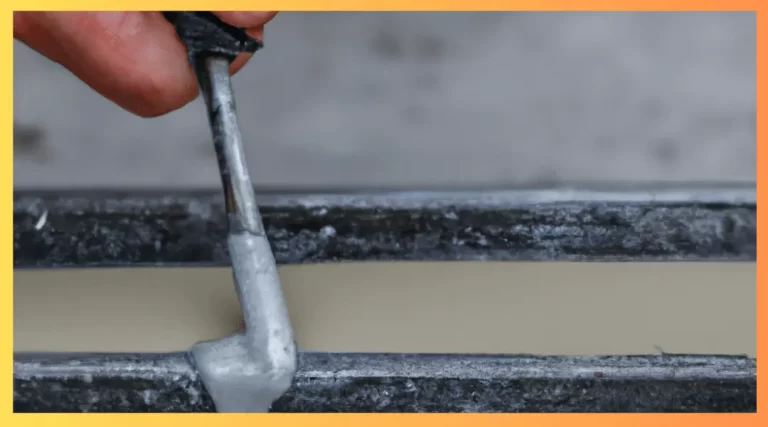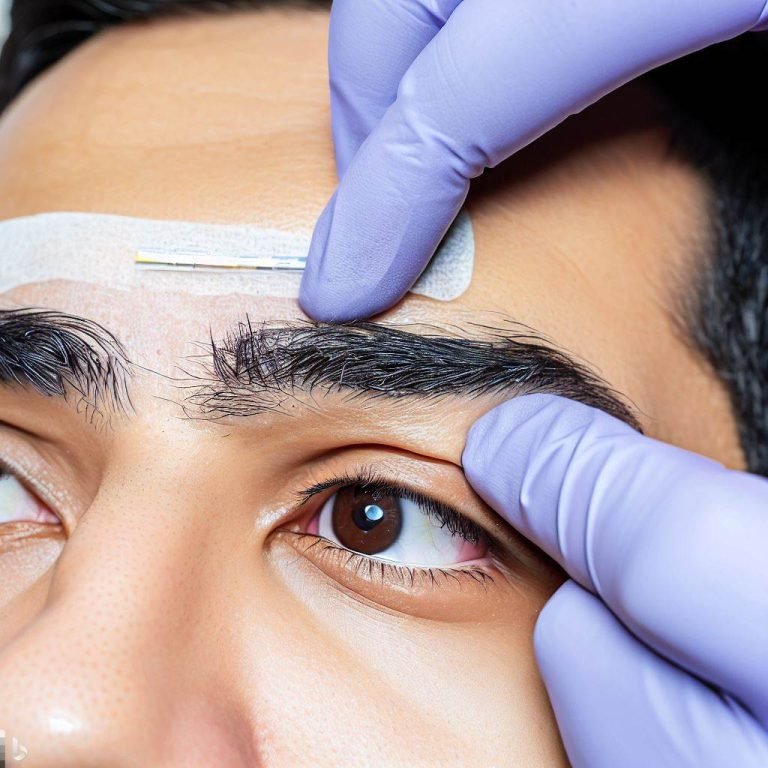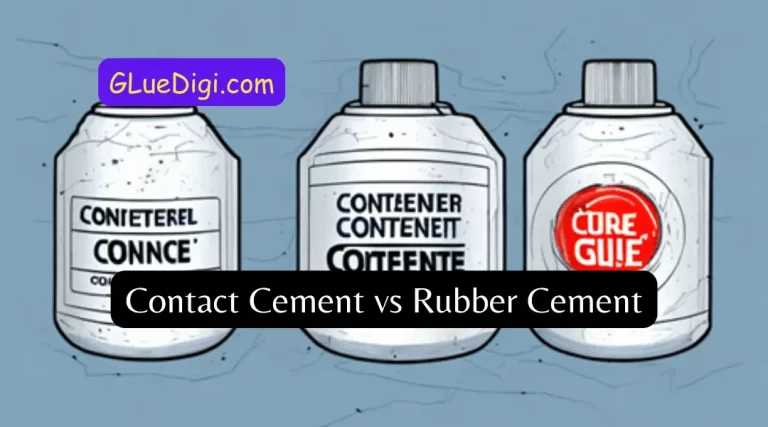If you’re a fan of Sugru’s moldable glue but are looking for a change, you’re in luck. There are several great alternatives to Sugru that offer similar versatility and adhesive properties. Whether you’re looking for a different texture, color, or price point, there’s an alternative out there that can meet your needs. In this article, we’ll explore some of the best options on the market and help you find the perfect Sugru alternative for your next DIY project or repair.
Let’s dive into this peculiar topic and uncover the taste, health risks, and even unique uses of glue beyond its intended purpose.
What is Sugru and Why Are People Looking for Alternatives?

What Is Sugru
Sugru is a moldable silicone-based putty which sets at room temperature into a tough, rubber-like material that can be carved, sanded, and painted. It is a versatile material that has several uses – from fixing broken objects to creating DIY projects.
But Sugru comes with a hefty price tag, which can deter some users from using it. Additionally, it can be difficult to find, and the color options are limited. These factors could lead people to look for alternative materials that are more affordable, readily available and provide a wider range of colors and textures.
One alternative to Sugru is Oogoo, which is a DIY silicone putty that can be made at home using silicone caulk and cornstarch. It is much cheaper than Sugru and can be customized to any color or texture desired. However, it may not be as strong or durable as Sugru and may not work for all projects. Other alternatives include epoxy putty, hot glue, and silicone sealant, each with their own advantages and disadvantages.
How to Choose the Right Alternative to Sugru for Your Needs
When considering alternatives to Sugru, there are several things you should keep in mind to make sure you select the best option for your needs. You should consider the application, the strength or durability required, curing and setting time, and the temperature range that the material can operate in.
You should also keep in mind the material’s flexibility, texture, and ease of use. Some materials might not be as flexible as Sugru or might have an unpleasant texture that doesn’t feel comfortable to the touch. The ease of use will depend on your experience level with different materials and the tools required.
Option 1: Moldable Plastic – Pros and Cons
Moldable plastic is an excellent alternative to Sugru, especially for creating structures or when you don’t require a lot of flexibility. It comes in the form of pellets that can be melted down by boiling water and molded into various shapes.
One of the benefits of moldable plastic is that it’s affordable, durable, and lightweight. It can also be filed, drilled, sanded, and painted, making it a versatile material for crafting. However, it can be time-consuming if you need to make a lot of small pieces, and once it cools off, it can be quite rigid and may not have the same adhesive properties as Sugru.
Option 2: Epoxy Putty – Pros and Cons
Epoxy putty is another excellent alternative to Sugru, especially when working with metals, ceramics or when you need high-impact resistance. It is a two-part adhesive composed of a resin and a hardener that, when mixed, creates a strong bond.
Epoxy putty sets quickly, is waterproof and heat-resistant, and can be sanded and painted once it has cured. It also comes in a variety of colors, which can be mixed to create customized shades. However, it can be hazardous if not used safely, has a strong odor, and can be brittle if not used properly.
Option 3: Silicone Rubber – Pros and Cons
Silicone rubber is another excellent alternative to Sugru when creating flexible and heat-resistant materials. It is a two-part rubber composed of a base and a curing agent that, when mixed, creates a strong bond that is resistant to heat and chemicals.
Silicone rubber is highly flexible and can be used to create custom shapes or castings. It can also be mixed with pigments to create customized colors. However, it can be expensive and challenging to work with because of its fast-curing nature. The compound also requires specialized equipment for mixing and application.
Option 4: Liquid Latex – Pros and Cons
Liquid latex is an excellent alternative to Sugru when creating flexible, skin-like textures or molds. It is a liquid rubber that can be brushed onto a surface and then peeled off after setting to create a mold or textured surface.
One of the benefits of liquid latex is that it’s affordable and can be used for a variety of applications, such as mask-making or creating realistic skin textures. It can also be tinted to create customized colors. However, it’s not as durable as other materials and can be challenging to work with when creating large molds or textures.
Option 5: Plastimake – Pros and Cons
Plastimake is another moldable plastic that is similar to Sugru. It comes in the form of pellets that can be melted down and shape by hand. It has a lower melting temperature than moldable plastic, which can make it easier to work with.
Plastimake is an affordable alternative to Sugru, and it can be colored with pigments or painted once it has set. It also remains flexible once it has cooled, which means it can be reshaped even after it has been molded. However, it’s not as strong as Sugru and requires a heat source to melt the pellets, which can be an issue when working in areas with limited access to heat sources.
Factors to Consider When Comparing Sugru Alternatives
When comparing Sugru alternatives, there are several factors you should consider. These include the price, durability, flexibility, texture, ease of use, and curing and setting time.
Another essential factor is the intended application. Some materials may be better suited for certain projects than others. For instance, if you need to create a custom mold, then liquid latex may be better suited than moldable plastics, which may not be flexible enough.
How to Use Sugru Alternatives in Your DIY Projects
When using Sugru alternatives in your DIY projects, it’s essential to follow the manufacturer’s instructions and safety procedures. You should also ensure that you use the right tools for the job.
You should wear appropriate protective equipment, such as gloves and safety glasses, when handling hazardous materials such as epoxy putty or silicone rubber. It’s also essential to have adequate ventilation in the workspace to avoid breathing in fumes or dust.
Tips for Storing and Maintaining Your Sugru Alternatives
When storing and maintaining Sugru alternatives, it’s important to keep them in a cool, dry place away from direct sunlight. Some materials, such as silicone rubber or epoxy putty, may require refrigeration for long-term storage.
It’s also essential to check the expiry dates on the products and dispose of expired materials safely. Some materials, such as silicone rubber, can be recycle. But epoxy putty or moldable plastic may need to be dispose of as hazardous waste.
Conclusion
There are several excellent alternatives to Sugru available in the market, depending on your needs and application. Whether you choose moldable plastic, epoxy putty, silicone rubber, liquid latex or Plastimake. It’s important to weigh the pros and cons carefully and select the best option for your project.
Remember to follow the manufacturer’s instructions and safety procedures and store and maintain the materials appropriately. By doing so, you’ll be able to create high-quality DIY projects that are just as good as those done with Sugru.




